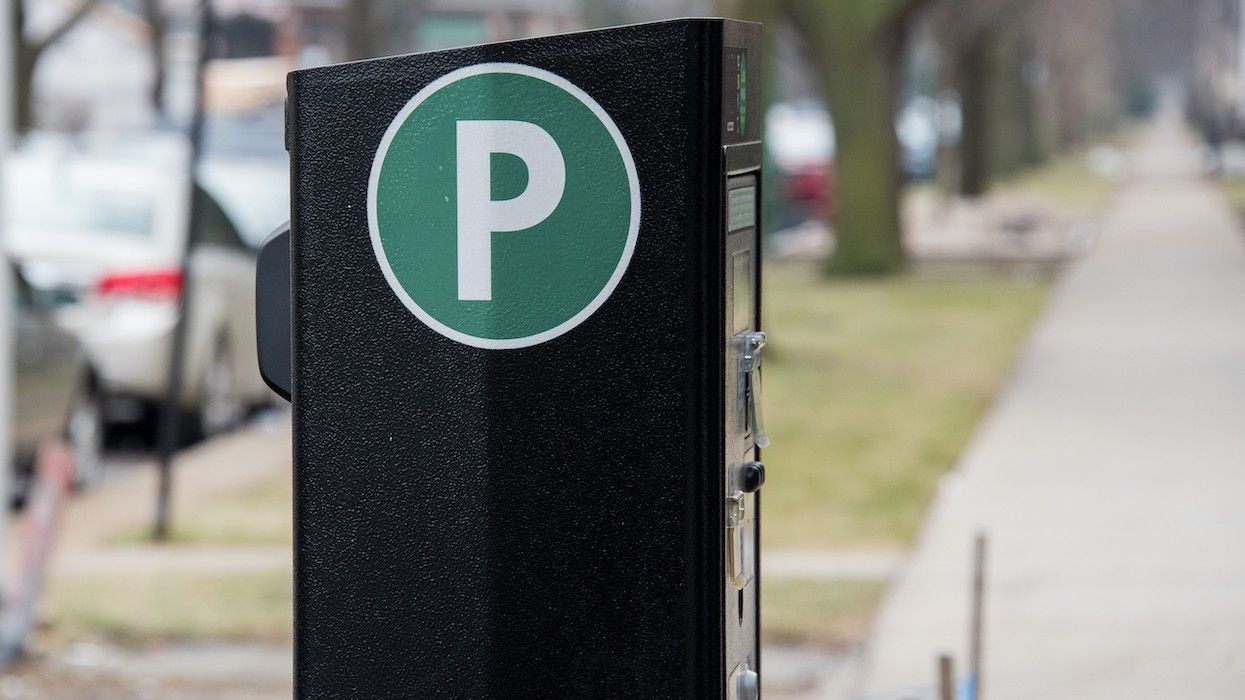First came secondary suites. Then came multiplexes. Then came public parking lot conversions?
Parking housing developments on public lots — something the City is calling "parking-to-homes" — could be Toronto's latest attempt to inventively slot more housing into existing neighbourhoods as the city continues to grapple with its housing crisis.
And there are numbers to prop the concept up. According to a February 14 report from Deputy City Manager of Corporate Services David Jollimore, which is set to go to City Council later this month, the city's parking portfolio contains more than 300 purpose-built parking facilities (most of which are apparently surface lots), and around 30 of those already accommodate active city building projects.
Although Jollimore’s report notes that not everything in the City’s parking portfolio is “suitable” for redevelopment due to factors like below-grade situations and leasing arrangements with third parties, it also says that there are around 130 public lots “with suitable official plan designations” that would support housing or mixed-use development at some scale.
Of those lots, 74 are located in Major Transit Station Areas (MTSA) — characterized broadly by the City as sites within either a 500 to 800-metre radius or a 10-minute walk of high-order transit — and it's those sites that the report is recommending the City hone in on for housing development.
“At Council's direction, the shift away from parking accommodation to housing and community service accommodation at these parking lots could provide a significant pipeline of City-owned lands to meet the City's housing and other goals,” writes Jollimore.
This idea of putting a housing development on a public parking lot has yet to catch on in a meaningful way in Toronto, but it’s not unheard of. In fact, the City is leading a comparable project that’s already well underway in the parking lot of 150 Dunn Avenue in Parkdale, which is the address of Lakeside Long-Term Care Centre.
The initiative — which is coming together through a partnership between the City, University Health Network, and United Way Greater Toronto — will ultimately bring a new four-storey, 51-unit modular housing development to the site that will be reserved for marginalized groups who are frequent users of Lakeside’s hospital services. The project broke ground in the spring of 2022.
It’s a (small-scale) example that speaks to the fact that what’s outlined in Jollimore’s report is viable in Toronto — under the right conditions, of course.
Although the February 14 report identifies dozens of City-owned sites that are transit-oriented and could be built up with housing in mind, it’s not so cut and dried. The usability of those 74 sites is still “subject to due diligence,” writes Jollimore, who recommends that Council revisit the "parking-to-homes" matter in the fourth quarter of this year. What’s more, he acknowledges that the City will need to “balance goals and objectives” related to these parking assets, including but not limited to ensuring the city has enough parking for its needs and considering how redeveloping these sites will affect the city's revenue.
Pending the outcome of Council’s deliberations when they meet on March 20, city staff could very soon be going through Toronto’s public parking stock with a fine-tooth comb to identify a list of “priority sites,” as well as delivery timelines and possible community infrastructure opportunities.
Council will also be considering the Deputy City Manager’s analysis on publicly-owned lands near TTC and Metrolinx stations at its upcoming meeting, and how those can be better leveraged for housing intensification and community development.





















